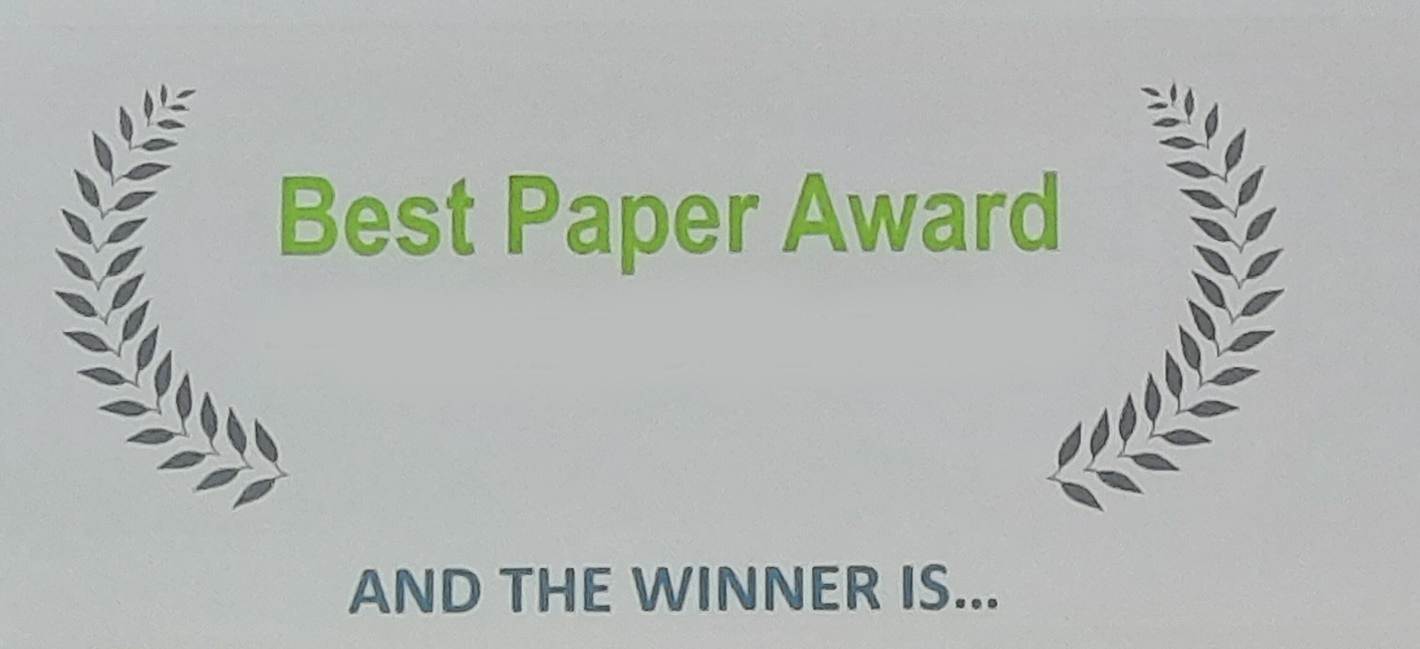Interoperable interactions of HVAC components based on a capability ontology
DOI:
https://doi.org/10.34641/clima.2022.201Keywords:
Industrie 4.0, Capability-Based Engineering, Ontology, Semantic InteroperabilityAbstract
In today's building automation networks, automation functions of installed HVAC components are rigidly predefined. Increasingly hybrid HVAC systems combining different generators (e.g. heat pumps with fossil boilers) and different transmission options pose new challenges for the engineering of automation functions. Rigidly predefined automation functions lead to inflexible operating procedures and high engineering efforts when changing the system environment. The reason for this is the lack of availability of standardised digital twins and the lack of mutual informational explorability of their capabilities to enable interactions between assets without rigid automation functions. Yet if digital twins of technical assets are not semantically described in a uniform way, the semantics of their information and capabilities can be referenced to external ontologies. Semantically describing the capabilities is necessary for self-x interactions between assets to be able to take over joint functions. In the field of HVAC, there is no ontology for capabilities that can be referenced by digital twins of HVAC assets, for example, to semantically characterise their functionality within a power generation system. This paper describes the development of such an ontology and the method used to derive the key terms. The ontology also presents a framework to compose the higher-level functionalities from granular asset functions. This is to ensure that references to the respective functions of individual assets can be used to imply the functionality of their overall system. The usage of the presented ontology by digital twins of HVAC components can serve as a basis for flexible interactions between real world assets. This can help to reduce engineering effort and increase energy efficiency.




